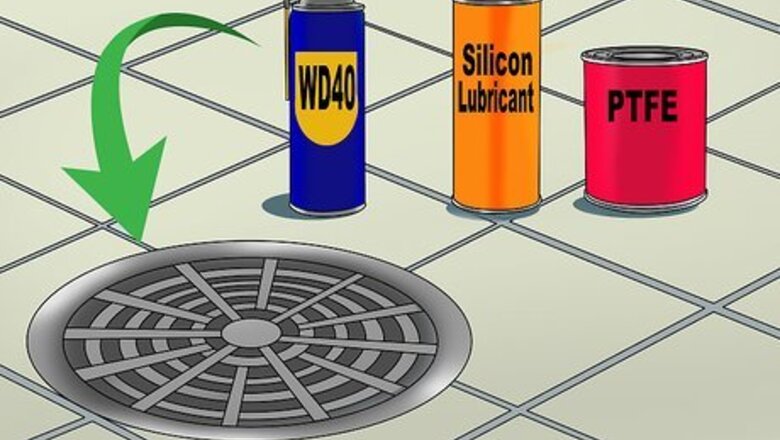
views
Lubricating Your Shower Drain
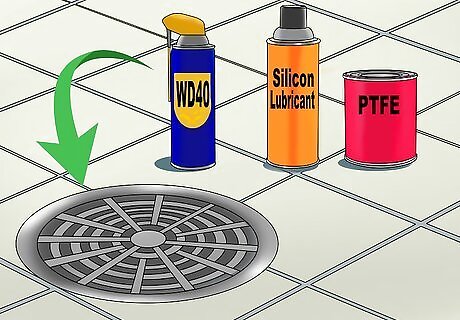
Purchase a drain lubricant to loosen the shower drain. An older drain may not readily come out even after it has been unscrewed. Buy a drain or spray lubricant, like WD-40, silicone lubricant, or PTFE. If your drain is rusty, WD-40 is ideal. Do not pour grease or fat down your drain in an attempt to loosen it.
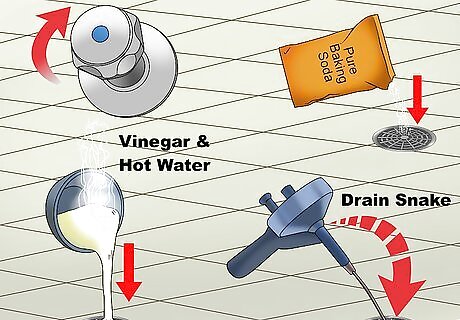
Check your drain for clogs before you loosen it. If your drain is significantly clogged, you may want to unclog it as much as you can before removing the drain to prevent it from snagging. Turn on your shower or bathtub head to inspect its draining abilities and, if it appears clogged, try one of the following unclogging methods: Send a handful of baking soda and hot water down the drain. Pour 1 cup (8 oz) of vinegar and hot water down the drain. Use a drain snake to clean out any blockages.
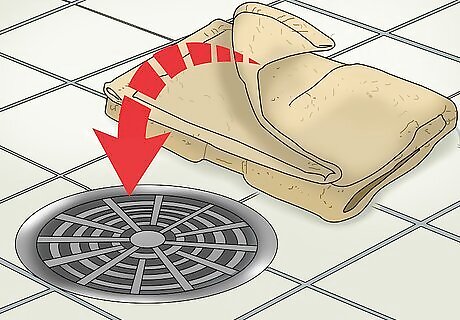
Dry your shower drain before applying the lubricant. To secure the lubricant on the shower drain, it must be completely dry. Towel-dry the shower drain to catch any drips or puddles before you start.
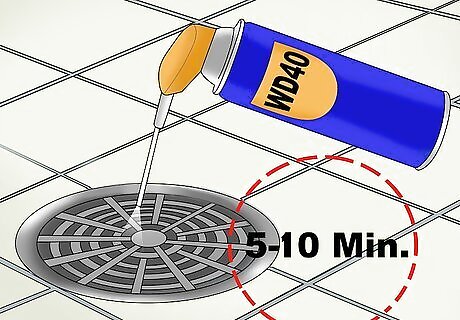
Coat the shower drain in the lubricant. Apply a generous amount of the shower lubricant on and around the shower drain. Pour some lubricant down the drain as well to reach as much of the drain as possible. Let it sit for 5-10 minutes before further loosening the drain.
Unscrewing and Loosening the Drain
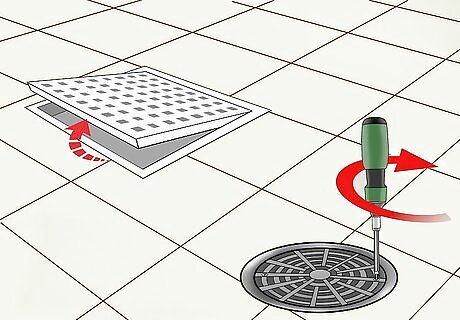
Check the shower drain for screws. Some shower drains are attached with screws while others are tightened in without them. If any screws are present, use a screwdriver to loosen each screw. Be careful not to drop any screws down the drain. Set them aside somewhere safe and outside of the shower in case you will be putting the shower drain back in later. Rex Cauldwell, Licensed Master Plumber Taking out a shower drain is simple, but you have to go about it the right way. First, make sure the shower is completely dry. Then use a screwdriver to take out any screws you see on the drain cover. If caulk or adhesive is sealing the drain, carefully slice through that stuff with a utility knife. Gently jiggle the cover to loosen it up, using pliers if you need to. Once the cover's off, clear away any gunk and check the drain for damage before doing any maintenance or replacing it.
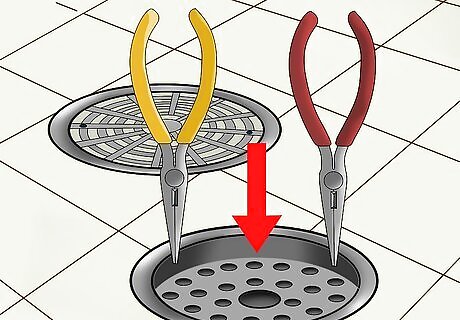
Insert 2 nose pliers into the drain openings. Hold a pair of nose pliers in each hand—you will need two separate sets to remove the drain. Locate 2 drain openings on opposite sides of the drain, and place the pointed ends of 2 nose pliers in the openings. Handle the pliers carefully so that you don't accidentally dent your shower drain.
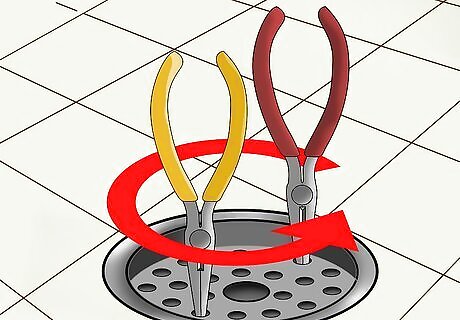
Grab the plier handles firmly with both hands. Most drains are screwed into the drain hole and must be twisted out. Carefully twist both handles to the left as you begin loosening the drain. If the drain won't budge, apply more lubricant.
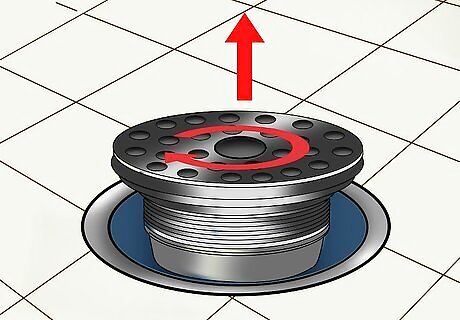
Continue twisting the drain until it is entirely loosened. When you reach the end of the screwed portion of the shower drain, it can be lifted out of the drain hole. Lifting the drain requires a strong grip and focus, so twist the drain slightly to the right (which should re-tighten it) until you are ready to lift it out.
Lifting the Shower Drain Out

Grasp both of your pliers firmly and lift the shower drain out of the hole. Lift the drain slowly to avoid denting or otherwise damaging the drain. If you feel any snags or resistance, your drain may be overly-clogged or rusty. Apply more lubricant or unclog your drain before further removing your drain.

Keep your grip consistent as you lift the drain out. Avoid holding the pliers too tightly or too loosely. Too tightly and you may break the cover. You may lose your grip and have to start over if you hold it too loosely. If you know that you plan on discarding the shower drain, you may handle it more roughly.

Inspect the drain after removal. If your shower is clogged and you had planned on replacing the drain, check it for dirt, rust, or clogged items. In some cases, you may be able to repair the drain. Try unclogging, cleaning, or removing rust from the drain before you discard it.
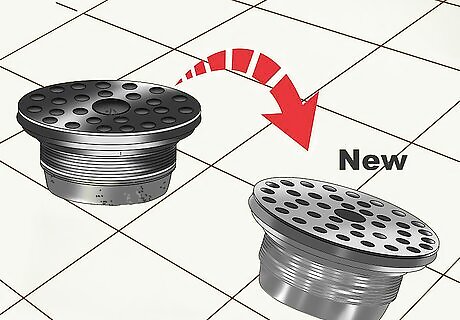
Replace the drain if you cannot repair it. In some cases, the rust or other damage may be too severe to fix. Contact a plumber or home repair professional to determine what size or brand you will need to replace your old drain and install it in your shower.












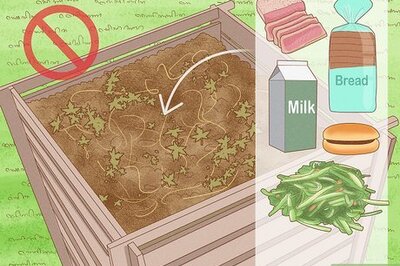







Comments
0 comment